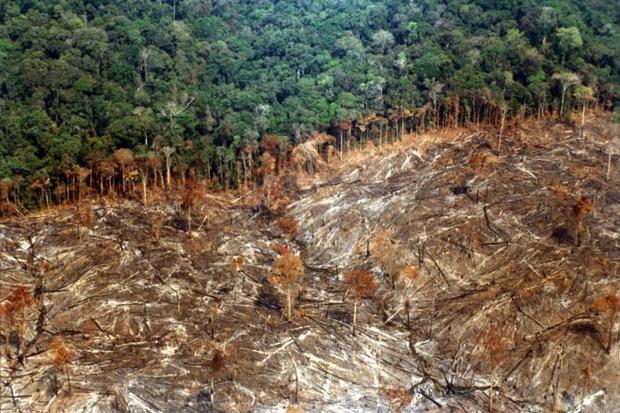The problem of deforestation in the Amazon has resurfaced after years of decline — prompting calls for urgent action.
Izabelle Teixeira, Brazil’s Environment Secretary, said that farming and soybean production were largely responsible for a 32 per cent rise in forest destruction in the northern state of Para, and a 52 per cent leap in Mato Grosso, a vast state in the west which provides much of the country’s agricultural produce.
The total area stripped of native forest in the past year amounted to 2,256 square miles, a 28 per cent jump nationwide, she said. The root of the problem was lax monitoring and application of protection measures.
Under Brazilian law, landowners in the Amazon have to devote 80 per cent of their property to native forestry growth, although the figure has not been rigorously enforced. Brazil’s agriculture industry is one of the bread baskets of the world, and its expansion has been driven, in particular, by growing demand from China.
Deforestation in the Brazilian Amazon fell in the past decade. In 2012, it stood at 1,764 square miles, down from 2,487 square miles the year before. In 2004, the worst year on record, 10,400 square miles of forest was cleared.
“Our commitment is to overturn any increase in deforestation; our goal is to eliminate deforestation,” Ms Teixeira said.
Last year, Brazil’s environmental codes were relaxed slightly to allow farmers to cultivate riverbanks and hillsides that had been previously exempt, prompting anger from environmental activists.
This article is provided by Catherine.
